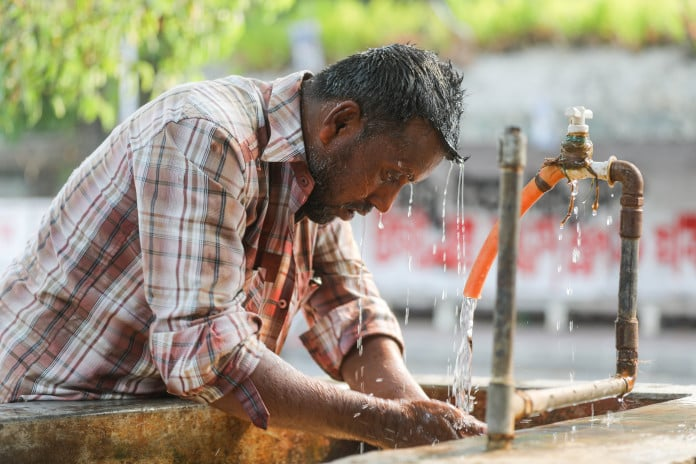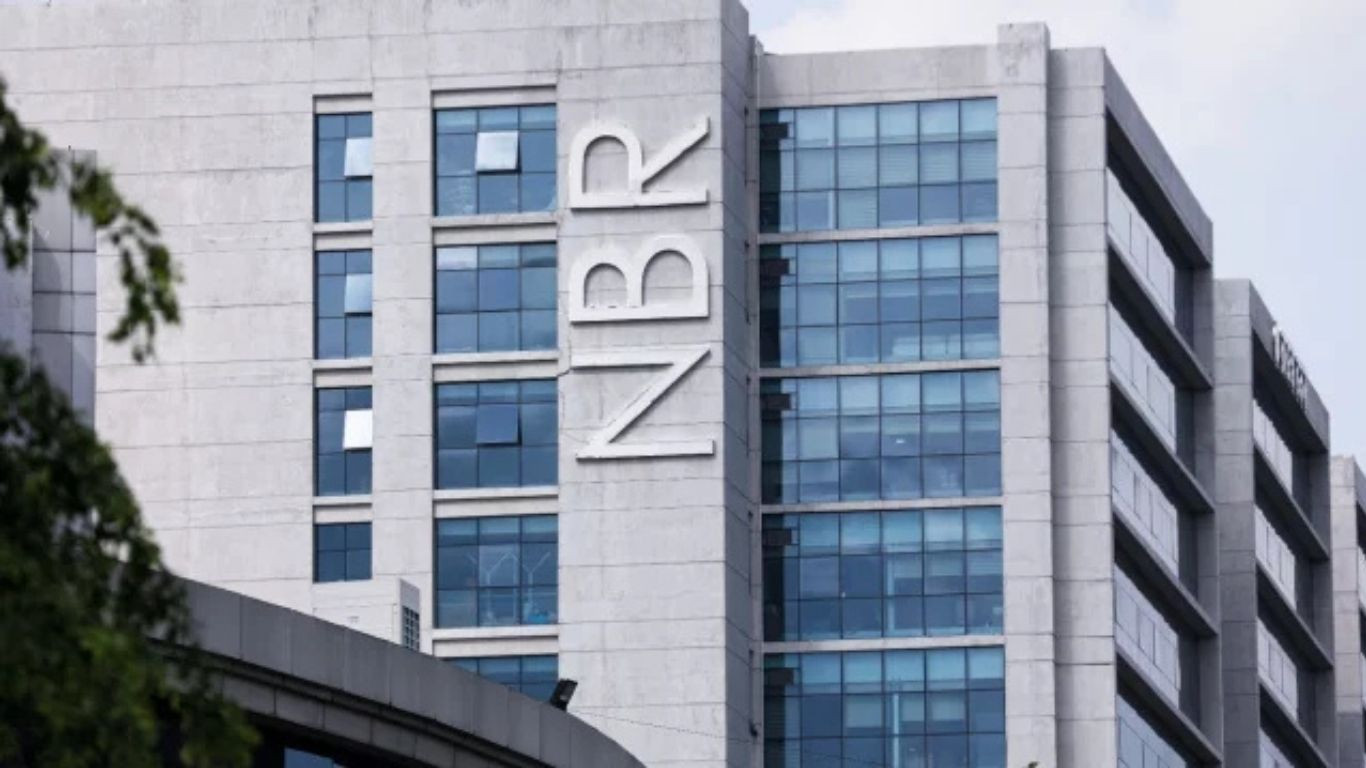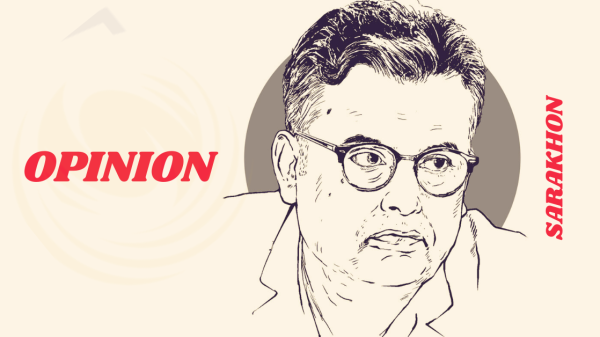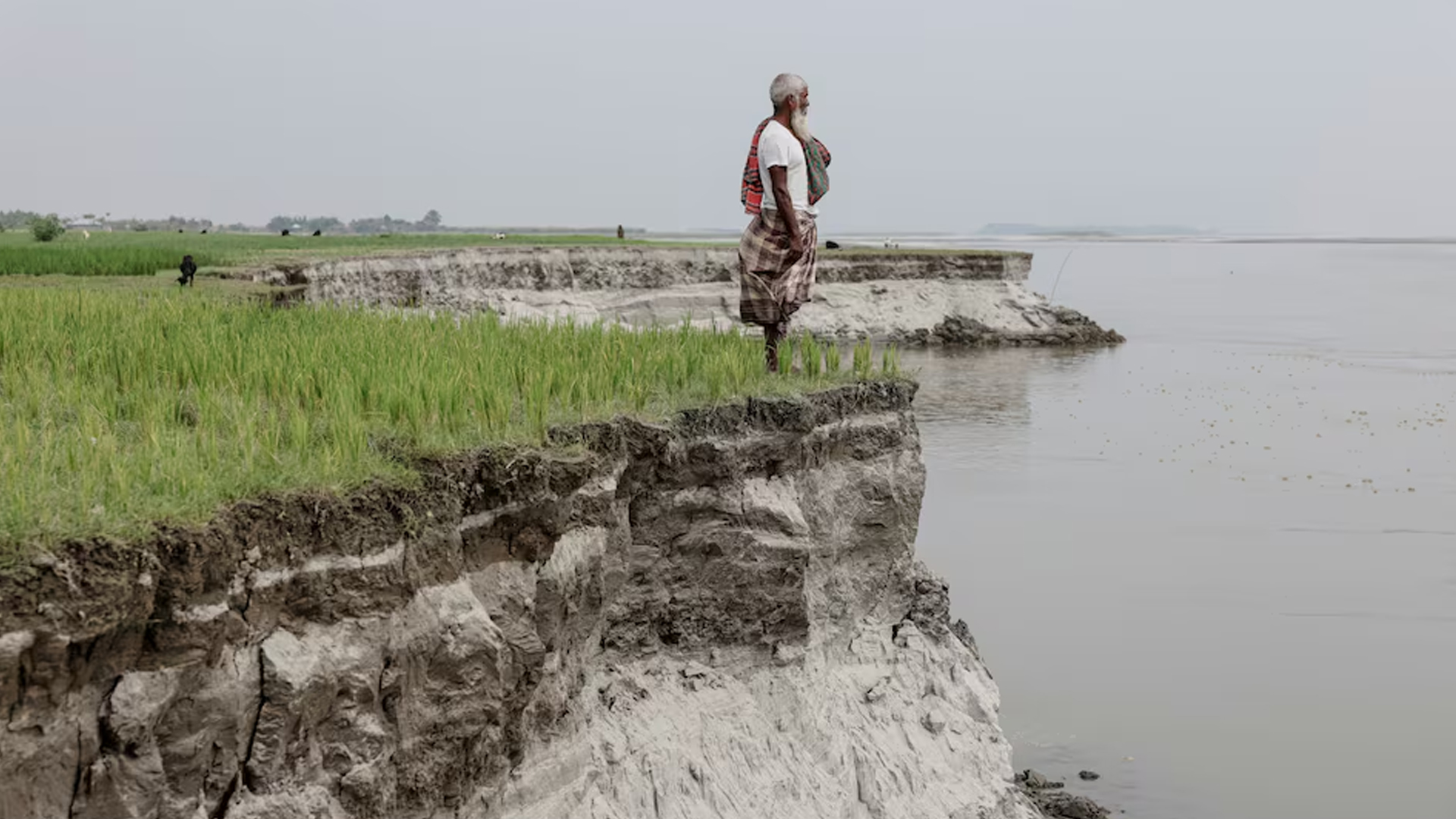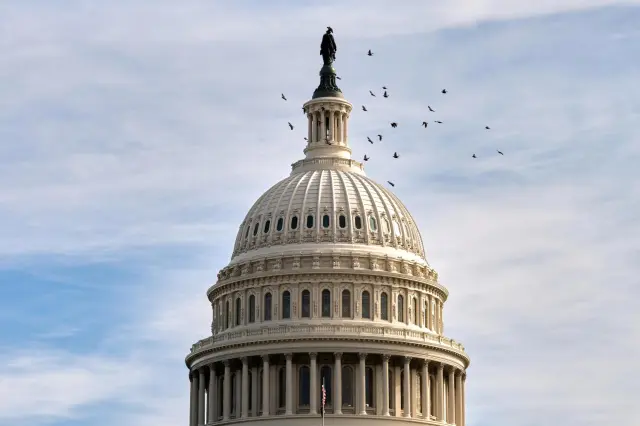RISING HEAT IS CHANGING HOW SOUTH ASIANS SLEEP, AND FANS AREN’T ENOUGH ANYMORE

Nighttime no longer cool
Heat researchers and public-health planners across South Asia say extreme nighttime temperatures are becoming one of the most dangerous parts of climate change. The Atlantic reports that in major cities like Dhaka, Delhi and Karachi, nights that used to dip to bearable levels are now staying hot and humid past midnight. That means the body never fully resets; heart rate and blood pressure remain elevated, and people start the next day already stressed. Doctors are seeing more dehydration-related headaches, mood swings and anger episodes in patients who swear they “slept,” but in reality drifted in and out of shallow, overheated rest. Informal workers — drivers, delivery riders, street vendors — are showing up already exhausted, which then feeds accident risk and lost wages. It’s a slow-burn crisis: you don’t see a flood or a cyclone headline, but you get millions running on chronic sleep debt.
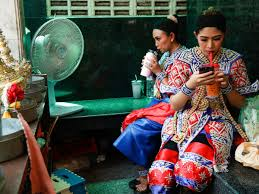
Fans, inverters, and inequality
The problem is also brutally unequal. Wealthier households are buying inverter air conditioners, battery-backed fans and window sealing to trap cooled air. Lower-income families rely on ceiling fans that mostly move hot air around. In many Dhaka and Delhi neighborhoods, generators kick in during load-shedding, but the diesel fumes make indoor air worse. Urban planners warn that housing codes, traditionally written around daytime peak heat, rarely require ventilation, shading and insulation designed for cooler nights. That mismatch becomes a survival issue in dense informal housing, especially for elderly residents and people with heart or respiratory problems. Climate experts quoted by The Atlantic argue that South Asian governments will have to treat “sleep cooling” as public infrastructure — from shaded community rest centers to subsidies for efficient cooling tech — the same way they once treated clean drinking water. Otherwise, heat stress becomes an invisible tax on productivity, mental health and urban safety.


